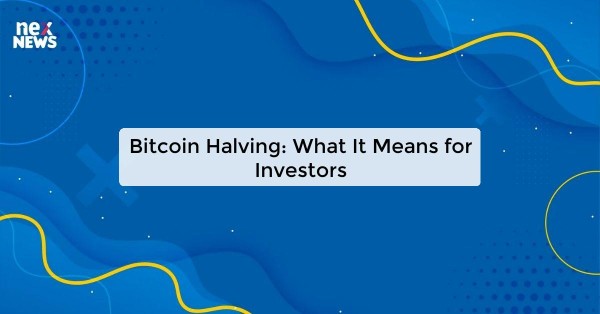What is Bitcoin Halving?
Bitcoin halving is a significant event in the world of cryptocurrency that occurs approximately every four years. During this event, the rewards that miners receive for validating transactions on the Bitcoin network are reduced by half. This reduction in rewards has a direct impact on the rate at which new Bitcoins are created and introduced into circulation.
As a result of this halving process, the total supply of Bitcoin is limited to 21 million coins, with the issuance rate gradually decreasing over time. The purpose of Bitcoin halving is to ensure that the cryptocurrency remains scarce and retains its value over time. This mechanism is designed to control inflation and prevent the devaluation of Bitcoin through oversupply.
The History of Bitcoin Halving
Bitcoin halving is an event programmed into the Bitcoin protocol that occurs approximately every four years. The first Bitcoin halving took place in November 2012, reducing the block reward from 50 BTC to 25 BTC per block. This was a significant milestone for the cryptocurrency, as it marked a halving of the rate at which new Bitcoins were being mined.
Following the first halving, the second halving occurred in July 2016, further reducing the block reward to 12.5 BTC per block. This event was closely monitored by the cryptocurrency community, as it highlighted the protocol's deflationary nature and the finite supply of 21 million Bitcoins that will ever be mined. The historical context of Bitcoin halving events serves as a key element in understanding the evolution of Bitcoin's economic model and its impact on the supply and demand dynamics within the cryptocurrency ecosystem.
The Impact of Bitcoin Halving on Supply and Demand
The Bitcoin halving event plays a significant role in altering the supply and demand dynamics of the cryptocurrency. With the issuance rate of new Bitcoins being cut in half approximately every four years, the supply of Bitcoin decreases, leading to potential scarcity in the market. This scarcity can create a sense of urgency among investors to acquire Bitcoin before its supply diminishes further, driving up demand.
As the supply of Bitcoin shrinks due to halving, the increased scarcity tends to push the price of Bitcoin higher over time. This is based on the simple economic principle of supply and demand, where a reduced supply coupled with steady or increasing demand often results in a price increase. Consequently, Bitcoin halving events have historically been associated with significant price rallies as the market adjusts to the new supply dynamics.
How Does Bitcoin Halving Affect the Price of Bitcoin?
Bitcoin halving has a direct impact on the supply of new coins entering the market. With the reward for miners being cut in half every four years, the rate at which new Bitcoins are produced decreases. This reduction in the supply of new coins can lead to an increase in scarcity, which in turn may drive up the price of Bitcoin as demand outstrips supply.
Historically, the price of Bitcoin has tended to rally in the months leading up to a halving event. This anticipation of reduced supply often spurs increased buying activity among traders and investors. However, it is important to note that past performance is not indicative of future results, and various factors can influence the price dynamics of Bitcoin post-halving.
Strategies for Investors During Bitcoin Halving
During Bitcoin halving, one strategy for investors is to stay informed and updated on the latest news and developments in the cryptocurrency market. By keeping a close eye on market trends and analyst predictions, investors can make more informed decisions about their investment portfolios. Additionally, diversifying one's investment portfolio is another recommended strategy during Bitcoin halving. Diversification helps spread risk across different assets, reducing the impact of market volatility on overall investment returns. Investors can consider allocating their assets across various cryptocurrencies, stocks, bonds, and other financial instruments to minimize potential losses during periods of uncertainty.
